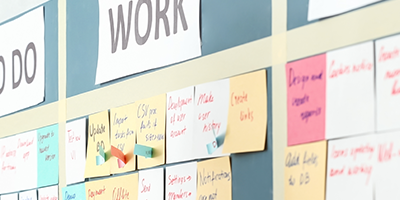It’s not hard to see the future of work. In fact, it’s right there in front of our faces. It is happening under our noses. At the desks, in the hallways and foyers of our organisations. It is even happening in the homes of our staff, executives and customers. And it is changing even what we consider “work” to be.
A quick search on LinkedIn revealed almost 40,00 Australians with “freelance” in their title, and almost 100,000 Australians working in a self-employed or contractor capacity. For these people, the idea of a “9-to-5” job is anathema – either through choice (they prefer to work beyond the walls of a single employer) or through circumstances (full time working conditions cannot be accommodated for a variety of reasons, from health to age, experience to opportunity).
Furthermore, statistics on telework and the business use of information technology from theABS (from 2012), revealed that more that a third of micro businesses use the internet to allow staff to work from home, while this more than doubled for larger businesses, with 75% providing facilities for staff to work from home via technology.
And when we add to this the number of individuals who take on side projects in their spare time for cash via sites like oDesk or Freelancer or even those willing to work for a fiverr, it becomes clear that “work” is quite a different beast than it was in the Twentieth Century.
The challenge of course, is that the future of work involves a disruption of work itself. And this pushes staff, executives and HR departments into new territory. Or does it?
Katie Chatfield and Jon Paul Potts from Jack Morton have provided a quick refresher on why CEOs should care about employee engagement. Take a read and then take a look around you. How’s the future from your point of view?



